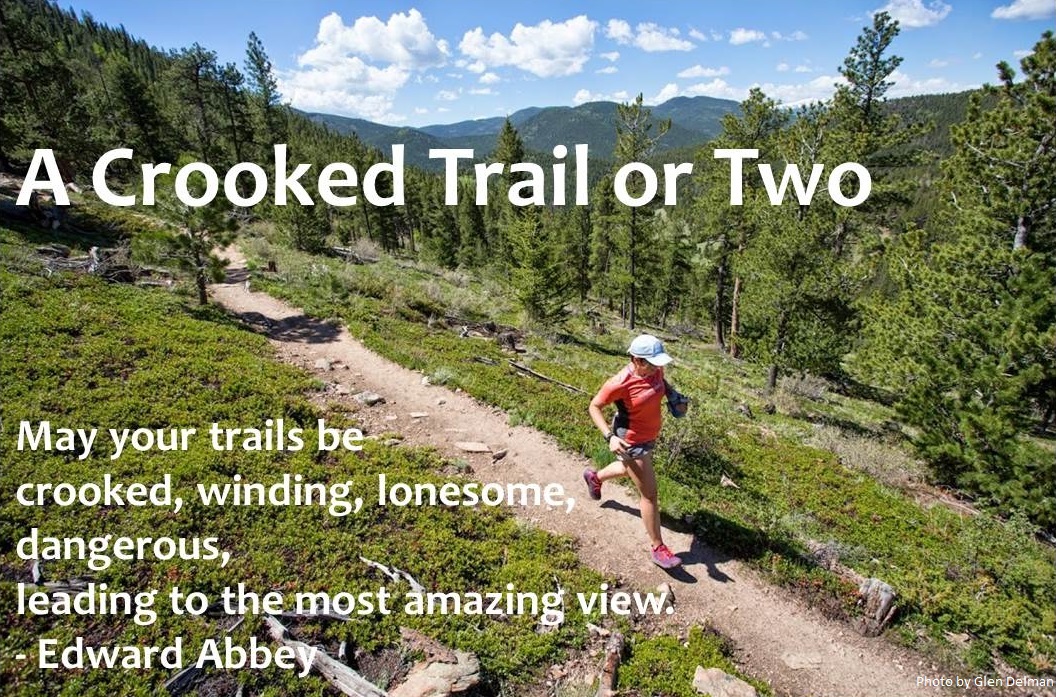Weeks 17, 18, 19: Clumber Park to Crow Edge
Three weeks have gone by — three very strange weeks — since I last updated this blog. And since reality — a sitting president and most members of his party choosing not to acknowledge the results of a fairly held election — is sometimes too much to bear these days, this is the perfect moment to retreat to my imaginary trip through Great Britain. Let’s go!
We’d left off at Clumber Park, so before we go any further north, let’s take a peek at two nearby sites: Welbeck Abbey and Creswell Crags.
Margaret Cavendish Bentinck, Duchess of Portland, in a portrait by Christian Friedrich Zincke, 1738.
The land and country house now known as the Welbeck Estate has a long history; as early as the Domesday Book a home here was noted as belonging to the Norman nobleman Hugh FitzBaldric. In 1140, it became the site of a Premonstratensian abbey dedicated to St. James. After Henry VIII dissolved the monasteries, the site changed hands several more times as wealthy families purchased the property then sold it again.
Since the 18th century, Welbeck has been the family home of the Earls and Dukes of Portland, who greatly expanded the home, its gardens, and its stables. And one pillar in that family was Margaret Cavendish Bentinck, Duchess of Portland from 1734 to 1785. The duchess was the wealthiest woman in Britain at that time, possessing a huge library, a vast art collection, and also the largest natural history collection (taxidermied animals and botanical specimens) at the time.
The duchess was a participant in a social/intellectual movement called the Bluestocking Circle, which brought together women (and some men) who wanted to learn more and engage in conversations about science, literature, politics and philosophy. One amusing story to emerge from the duchess’s social circle is that of Elizabeth Montagu’s defense of Shakespeare’s genius, after Voltaire had criticized his work. To demonstrate that Voltaire had misread Shakespeare and misunderstood his work, she took Voltaire’s French Shakespeare translations, translated those back into English, and demonstrated just how mistaken Voltaire was. Her Essay on the Writings and Genius of Shakespeare compared with the Greek and French Dramatic Poets, with some Remarks upon the Misrepresentation of Mons. de Voltaire marred Voltaire's standing as an authority on Shakespeare… especially after 1774 when her essay was translated into French. (Tip of the hat to Cassandra Potts Hannahs for this story!)
The entryway to Pinhole Cave in the gorge at Creswell Crags.
Not far from Welbeck Abbey, we reach Creswell Crags, a geologic formation that is home to the northernmost cave art in Europe. The site consists of a limestone gorge, with caves in the cliffs alongside the gorge. People lived here during three eras: Neanderthal occupation (60,000 – 40,000 years ago) — stone tools have been found that date to this era; Gravettian hunter gatherers (28,000 years ago); and late Magdalenian hunters (14-15,000 years ago) who recolonized Great Britain after the intense cold of the last glacial period.
The site has helped us learn more about our ancestors and how they lived in a terribly inhospitable climate, and archaeologists continue to discover more artifacts at the site. Sadly, because the crags became a public attraction in the very early years of archaeology, we lost a lot of artifacts to the Victorian-era archaeologists’ penchant for using dynamite to quickly move large quantities of sediment at once.
Heading west and north as we continue on our route toward John O’Groats, we enter the Peak District National Park, 555 square miles of protected lands that encompass parts of Derbyshire, Yorkshire, Staffordshire, and Cheshire.
As is clear in these photos, the park is an area of profound beauty, and includes lots of trails for hiking, biking, and riding horses… including the Pennine Way, England’s first national trail, which is part of an international trail across Europe.
This week I ended at the hamlet of Crow Edge. I don’t have anything special to report about it… other than the name is wonderful!
Fancy a pint?
Unlike the Naylor brothers, who pledged to “abstain from all intoxicating drink” during their 1871 walk on this route, I’m not at all opposed to popping into interesting-looking pubs along the way. Here are a few along this stretch of the journey.
Welbeck Abbey brewer, Claire Monk.
It turns out that Welbeck Abbey has its own brewery! The Welbeck Abbey Brewery, founded by brewer and general manager Claire Monk (SUCH a perfect name for a brewer on this site!) in 2011.
Welbeck Abbey beers are named for people who played important roles on the estate over the years, such as Harley Ale, named for Edward Harley, Welbeck’s archivist, Cavendish Blond Ale, named for the House of Cavendish (the family from which the Dukes of Portland are descended) and of course Portland Black Porter, named for the Duke and Duchess of Portland.
The Old Queen’s Head in Sheffield
In Sheffield, the Old Queens Head holds the title as the pub that occupies the oldest privately owned building in the city. This timber framed structure is thought to date from about 1475, although the earliest known written record of it is in an inventory compiled in 1582 of the estate of George Talbot, the 6th Earl of Shrewsbury. The public house dates from the 19th century.
The queen in the pub’s name is likely Mary, Queen of Scots who was imprisoned in Sheffield from 1570 to 1584.
The patio of the Old Horns Inn
A bit north of Sheffield, in the Peak District National Park, the Old Horns Inn has served travelers to this beautiful region since it was converted from a farm into a pub in the 19th century. Today, in addition to a broad range of beer and wine, it offers a large menu (including vegan options) sourced mainly from nearby farms and businesses.
Oh… and if this photo is any indication, its patio offers one of the loveliest views in the region!
Sustenance for the Hungry Vegan
Co-located with The Old Workshop bar in Sheffield, Make No Bones is an all-plant-based eatery that offers a wide range of vegan options, from salads and grain/veggie bowls to traditional bar food (vegan “ribs,” “wings,” etc.). It all looks delicious, and it’s served up in a setting that also sometimes offers live music.
Happy patrons at Make No Bones
Blue Moon Cafe’s high-ceilinged dining room
The Blue Moon Cafe is one of the original vegetarian restaurants in Sheffield, established in 1995. Its menu is the very definition of fresh and local, as it changes daily depending on what’s in season. Two vegan options and one vegetarian option are available daily, and the Blue Moon also does catering.
Pom Kitchen offers vegan and vegetarian dishes that are as beautiful visually as they are for the planet and for our health. Its cuisine is “Aussie inspired” and fresh.
The menu is extensive, and breakfast is served all day long. The name originated from pompoms, and is a fun and playful way to pay homage to celebration...and the food here certainly looks worthy of it!
A delicious plant-based meal at Pom Kitchen.


















